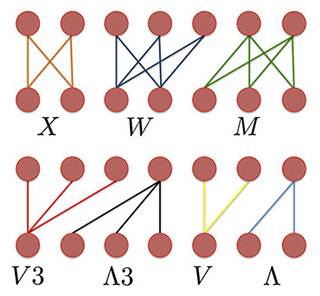Ranodmizing Biparitite Networks: the case of the World Trade Web

The class of networks represented by bipartite networks has been recognized to provide a particularly insightful representation of many different systems: ecological networks, trade networks, citations, and collaboration networks represent only a few examples.
Anyway, quite surprisingly, little work has been done so far to implement null models on real bipartite networks. In particular, null models for bipartite networks proposed so far show several limitations, ranging from being purely numerical (thus lacking the analytic character), to assuming an a priori functional form either for the distribution of the quantities of interest or for the models' parameters (thus not being real data-rooted) or, lastly, using approximate analytical models.
In this paper, we propose a theoretical framework guaranteeing the three aforementioned properties, extending a recently-proposed method to randomize monopartite networks to bipartite networks.
The method rests upon the sequential maximization of Shannon entropy and the likelihood function, a combination which has been proven to be highly effective both for detecting patterns and reconstructing the structure of several real-world networks. While the proposed formalism is perfectly general, in this paper we apply our method to the binary, undirected, bipartite representation of the World Trade Web, as described by the dataset of the WTW from 1963 to 2000.